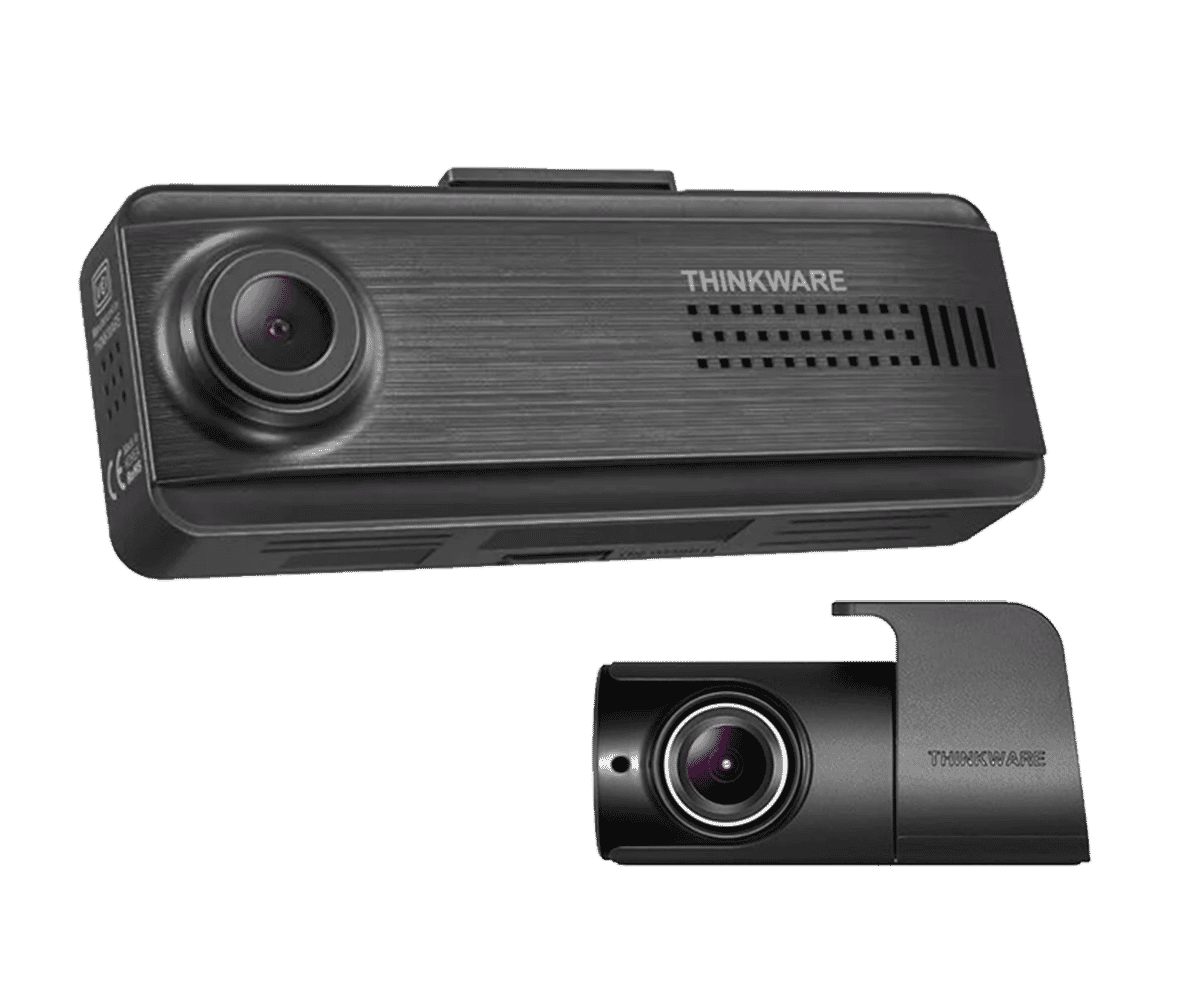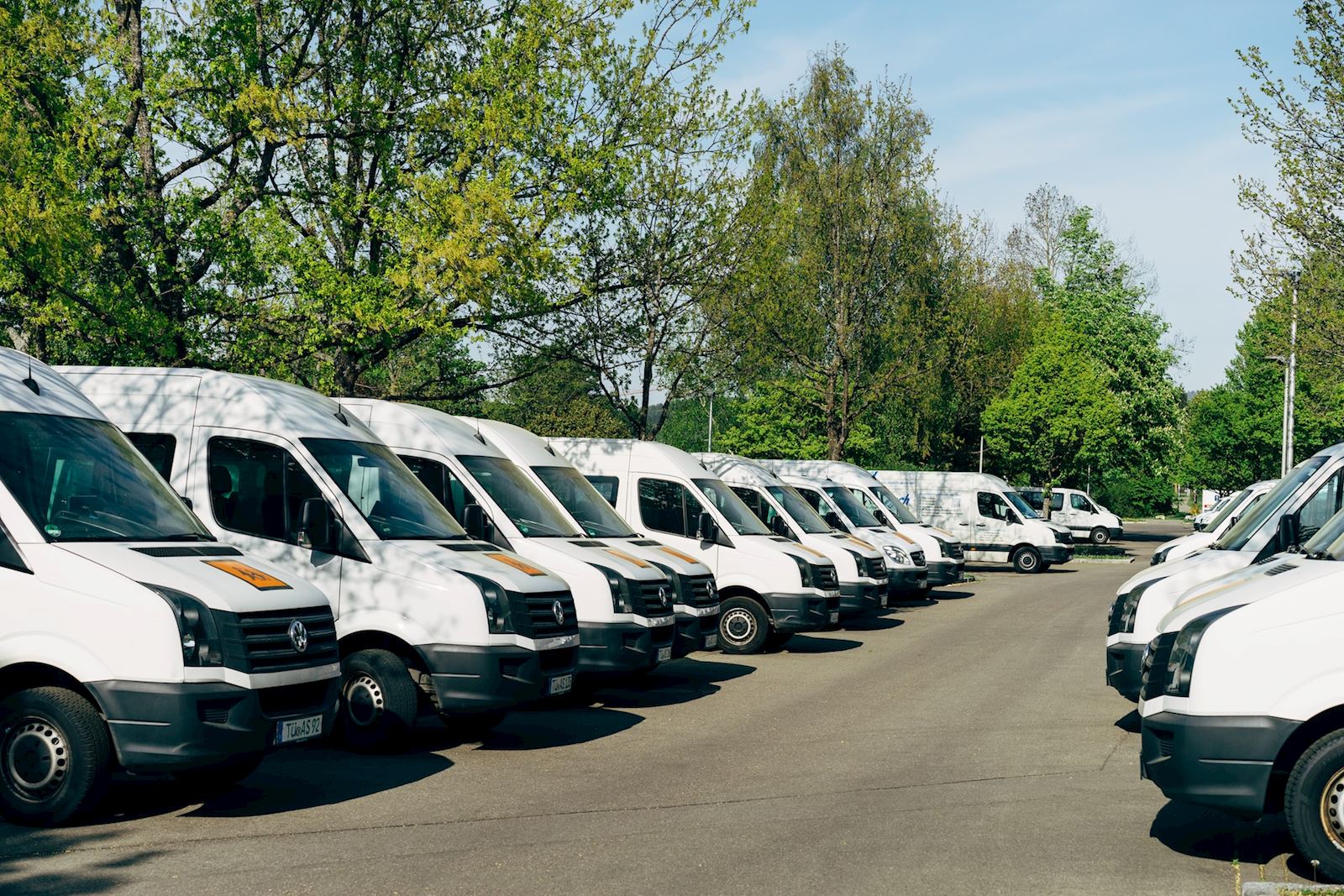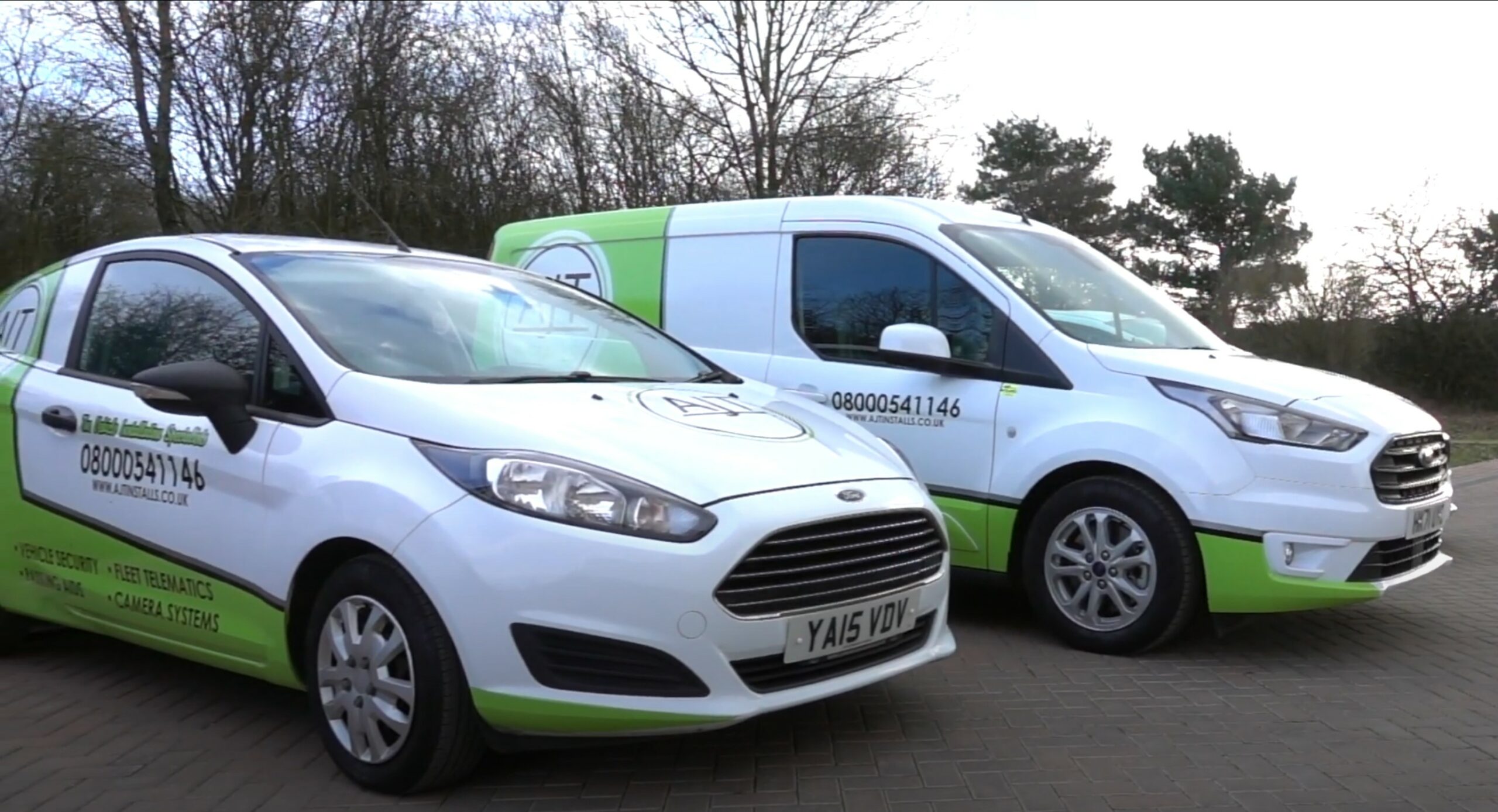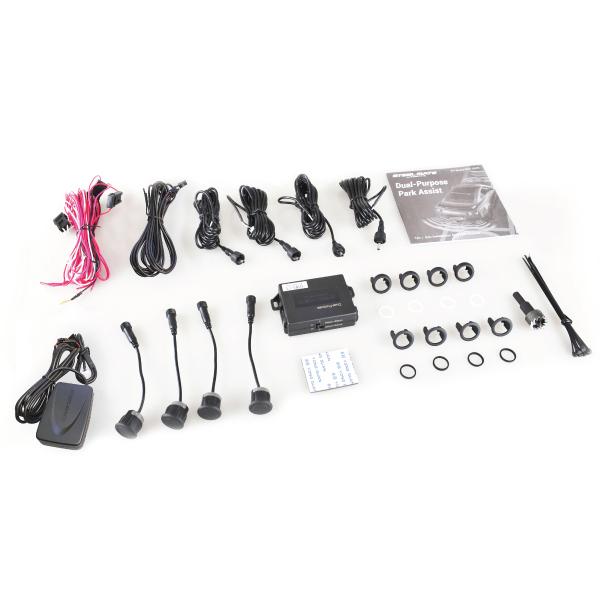
Following on from our in-depth guide to immobilisers in the last AJT Installs blog, we thought we would examine the benefits of vehicle trackers for fleet management in a bit more detail.
In this article, we will address what vehicle tracking is, the different kinds available and how the advantages of installing vehicle trackers in fleet vehicles are about much more than improvements for theft prevention and vehicle recovery after the event.
So, keep reading to discover more about how the benefits of vehicle trackers can help fleet managers with many aspects of their job from insurance and saving money to improvements in safety and customer service.
How does GPS vehicle tracking work?
GPS technology has been a game changer for professional fleet management.
The technology in tracker systems enables communication between each vehicle and the office, providing information such as:
- Vehicle location
- Direction of travel
- Length of journey
- Hold-ups/route obstruction
- Live traffic information
There are two basic systems available.
Passive tracking collects and saves information and data that can be downloaded later, whereas active tracking sends information in real time.
Some systems offer both options.
More sophisticated functions available include:
- Maintenance reminders
- Historical journey information
- Driver behaviour analysis
- Fuel consumption
- Electronic tachographs/timesheets
- Theft prevention/immobiliser
- Geofencing, so an alert is transmitted when a vehicle moves out of a designated area
- Compliance
- And in some cases, asset tracking
If you would like to talk to us about how the benefits of the Tracker 365 from AJT Installs – our own fleet management system – for your fleet, please contact us and one of our knowledgeable technicians will talk you through the features and benefits of having real-time data at your fingertips.
So, how does this technology help a fleet manager on a day-to-day basis?
The benefits of vehicle trackers
The advantage of instant access to information about where their vehicles are, how they are being driven, the mechanical health of vehicles, and where there may be possible delays to journeys bring many insights and benefits to fleet management.
Cut down on paperwork!
Paperwork is the bane of every fleet manager’s life!
But this is no longer the case.
Making everything digital saves time and reduces the possibility of inputting errors.
Time consuming reports are a thing of the past when the click of a button produces reports using up to the minute and accurate data.
Journey time, fuel calculations and customer expectations can be handled proactively.
The time previously used to input manually and generate reports can now be spent on proactive tasks.
Timesheets or driver hours are accurate as there is no chance of errors through manual completion and inputting/correction.
Data and information can also be more easily shared with other departments, and in a timely manner as and when necessary.
Where fleet management systems really excel is in helping fleet managers with compliance, which you can read more about in an earlier blog.
Route efficiency
Productivity is increased while downtime is reduced when fleet managers can plot accurate and efficient journeys by taking any accident blackspots or hold-ups into consideration.
Monitoring vehicles in real time and noting where time is wasted can be used to cut the number of minutes the engine is idling.
Vehicle efficiency is optimised by avoiding known obstructions or selecting quieter routes, whilst some routes can be combined to maximise the number of drops/calls per journey.
This reduces vehicle wear and tear and fuel consumption while making more effective use of driver hours.
All these benefits result in better vehicle lifecycle management, a critical part of any fleet manager’s role.
For emergency vehicles responding to a collision, response times can be reduced through efficient route planning, and the time saved has the potential to save lives.
Vehicle Maintenance
Installing trackers in fleet vehicles will allows managers to set up reminders for routine maintenance that will take a vehicle off the road.
Having the ability to plan general maintenance and servicing minimises downtime and reduces unforeseen and costly repairs, while causing the minimum disruption to driver rotas and customer service levels.
Driver behaviour
This was a somewhat contentious issue at first, but fleet tracking software has been recognised as critical to improve safety of both drivers and the general public, as well as contributing to the reduction of vehicle wear and tear and fuel consumption.
On-board data reveals bad driving habits such as over revving, harsh braking, speeding, or swerving.
It is useful information to have from a corporate perspective to demonstrate that drivers are following the correct procedures and not breaking the law, and that they are careful and considerate road users, something that can enhance a business’s reputation.
Although some drivers may not like the idea, if they are shown how vehicle trackers work and the benefits they bring to the job of driving, rather than the negative connotation of ‘big brother is watching what you do’, it will be easier for fleet managers to win them over:
- Working hours can be tracked more easily
- In the case of an emergency, help can reach them quicker
- If they are falsely accused of wrongdoing while behind the wheel, they can be exonerated
- Routes can be optimised, removing the anxiety and frustration of traffic jams
- Improvements in driver training
Downloaded information for each journey/driver can be used proactively for driver education and incentivisation, rather than accusation.
When a tracking system such as Tracker 365 is combined with dashcams, it can provide powerful evidence in the case of a collision or accusation of bad driving, which can save time and money on insurance claims or police/court proceedings.
The information can also be used to
- Improve written safety policies
- Develop better driver training programmes
- Generate accurate driver risk profiles
- Demonstrate a good safety record
- Reduce insurance premiums
Theft prevention and vehicle recovery
Real-time vehicle and plant tracking means they can be retrieved easily when lost or stolen.
Again, this brings risk down for insurers and can lead to a reduction in insurance premiums.
Immobilisers can be activated remotely to prevent a vehicle being driven away by thieves and then reactivated when the recovery vehicle arrives to collect it.
Reduced costs and better service levels
All of the above when taken together helps fleet managers to optimised drivers and vehicles, reducing costs for:
- Fuel
- Maintenance
- Wear and tear
- Time idling
- Route inefficiencies
- Insurance
- Unplanned maintenance resulting from bad driving/collisions
Moreover, increased productivity and the streamlining of journeys result in a better customer experience through improved service levels and an increase in profits.
AJT Installs’ skilled technicians have completed Tracker 365 installations across a number of different transport sectors.
We have demonstrated the benefits of vehicle trackers to many fleet managers looking for ways to optimise vehicle and route efficiency while reducing costs and paperwork.





